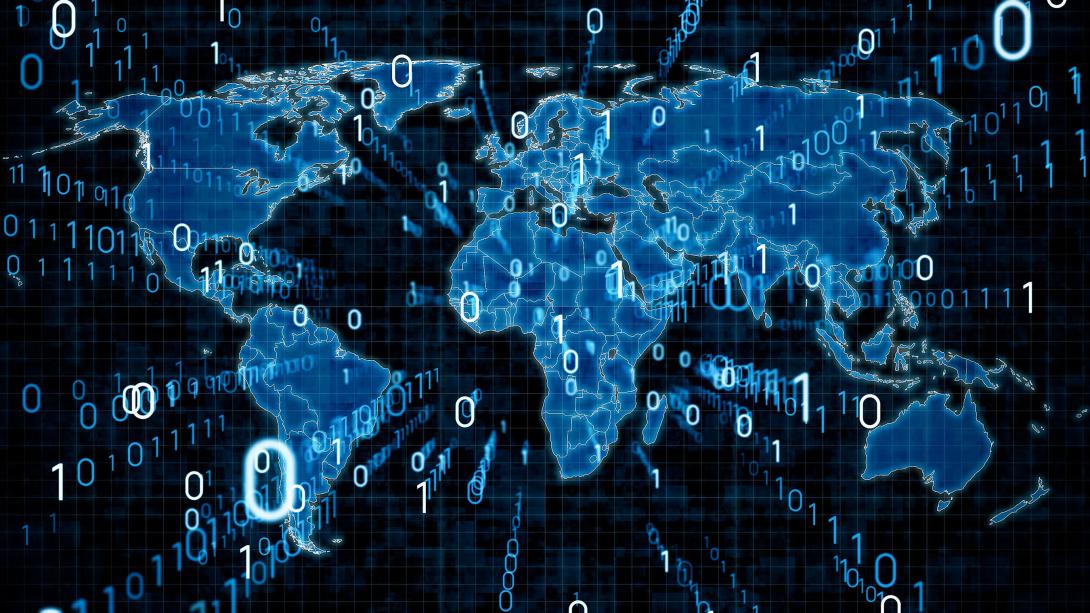Disruptive By Design: Open and Secure Lines of Communication Are Critical
Coalition communications are critical to defending the democratic tenets of a “Free and Open Indo-Pacific,” enabling prosperity and peace for all occupants residing in this geographically and technologically dispersed theater of the world. The Indo-Pacific region encompasses everything touching the Indian and Pacific Oceans with a special focus on the international and economical confluences of where these regions intersect. The Asian-Pacific nations make up over 50% of the world’s population, have 3,000 different languages, contribute $900 billion in direct economic value to the United States, hold two-thirds of the world’s future economy and most of the world’s youth, and span seven of the world’s largest militaries. It also nonchalantly includes three of the largest modern-day “Seven-Seas” or two of the five largest oceans.
That’s a lot of ground, ocean, air and space to cover. Thirty-six coalition partners with which to communicate and coordinate in this terrain is a challenge for the Five Eyes, which ironically began at the start of the Cold War for signals intelligence. Secure and efficient command and control systems that keep open lines of communications and diplomacy using any form of infrastructure or wireless transport switching available are imperative and of primary focus.
The sea of change at our commands has reinforced our posture in deterring conflict in the Indo-Pacific by leveraging superior technologies. No matter which command you visit, there has been a change from leadership on down through the supporting arms and legs. They all have similar challenges, are actively executing strategies, and are cognizant of what predecessors strove to protect. Therefore, we are in very capable, technology-enabled and mission-focused hands. The leaders recognize that this is a team sport. Leveraging cyber; electronic warfare; intelligence, surveillance and reconnaissance, and new technologies like low-Earth-orbit solutions are critical to maintaining an edge at the edge and as indicators to deter conflict.
It’s also about supporting the joint forces and threat deterrence. Cross-command coordination and collaboration has never been as strong. Lines of communication are open, and partners are pulling each other forward on capabilities that enable warfighters at and beyond the edge.
Supply chain security and shortages remain on the heels of a two-year global pandemic. We are experiencing a sling-shot effect from being in a holding pattern now moving at a double-time pace to make up for time lost during COVID-19. This is causing a shortage in resources, microprocessors, groceries and even cars. Between the end of September and the beginning of October 2022, the cost of most information technology hardware and software was expected to rise 30%. Long lead times and inflated prices for technology purchases are happening across all industries. Our technology is no exception and poses a huge logistics challenge that we will be facing for the foreseeable future. Providers able to shorten lead times without increasing costs will be successful.
And island chain strategy exhibits a three-phase approach for deterring conflict. There is nothing new about this approach. In fact, this is an artifact of the beginning of the Cold War that was instantiated when the world realized how critical influence and stability of this theater is and how it has global and national security implications especially with the world’s economy. What is new is the infrastructure, technology and renewed importance of these outposts that project superiority in military power to deter conflict and share similar views in what forms of defense enable cultural and economical prosperity. Kinetic strikes still have a place in our day and age, despite increasing frequency, size and reach of nonkinetic strikes. These strategic locations and nations that share similar democratic views should be equipped, trained and included in our planning, strategies and fight.
Our pacing threat continues to strive for dominance in technology to increase influencer status and a closed, confined, controlled and stovepiped way of life. Our response to deter conflict, work across all channels of contested areas, waterways, cultural differences and philosophies of how to encourage a Free and Open Indo-Pacific, is playing itself out again in our lifetime. The sides of World War II have been shuffled, and the world has gotten a lot smaller as West and East have melded into a region we call the Indo-Pacific. We also see capitalism versus communism, buying versus fighting and influencing versus conquering.
War is war, but this is a different fight, and we must remain vigilant to deter conflict by maintaining superior technologies that enable our warfighters to sense, communicate and command cross-coalitions to encourage stability throughout the Indo-Pacific.
Makana Anicas is a senior account executive for Government Acquisitions Inc., a HUBZone-Certified Small Business.
The opinions expressed in this article are not to be construed as official or reflecting the views of AFCEA International.





Comments